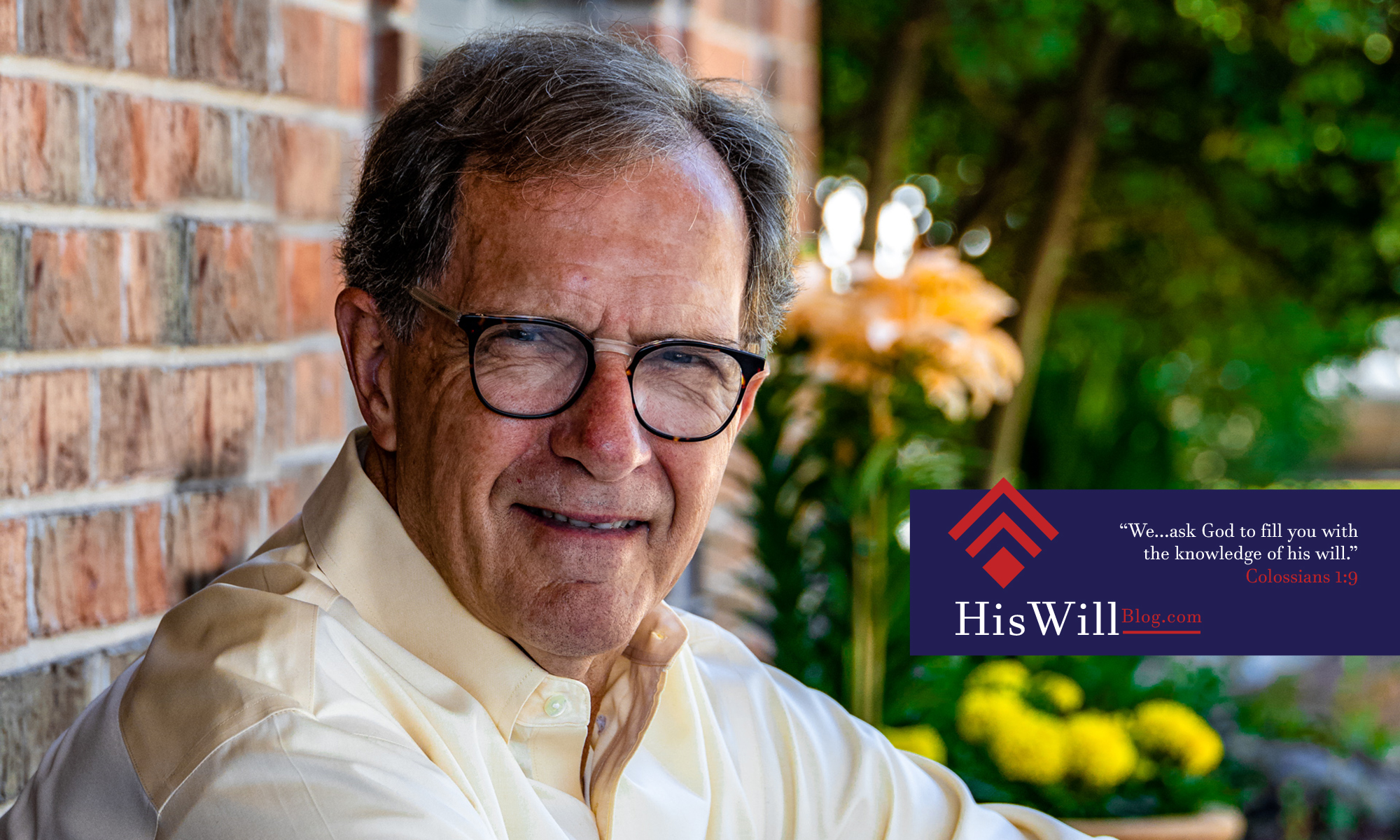Some of the traditions we associate with Christmas were borrowed from pre-Christian nature religions. One is the celebration of the solstice, a festival of lights. This was to ward off the darkness of the longest night of the year, Hence, the Yule log burned brightly to commemorate the one day when the sun was at its lowest point in its apparent path across the sky and to hold at bay the long night’s darkness.
Many people who are dissatisfied with the spiritual emptiness in American culture are turning to observances of revived pagan mysticism. According to some sources, thousands of people will be observing a secular “Yule” in pagan rituals this week.
In ancient times, these rituals were rooted in fear and superstition. Today, instead of the fear of evil spirits, neo-pagan worshipers seek answers for pervasive spiritual exhaustion, alienation, depression and sadness. The trouble is they are looking for light in the wrong places.
Spiritual darkness
As an answer to this need, Jesus made the astounding claim: “I have come into the world as a light, so that no one who believes in me should stay in darkness” (John 12:46). “I have come,” Jesus said. His coming to our spiritually dark world from the brightness of heaven was a rescue mission to lead us out of the kingdom of darkness (Colossians 1:13). Three times in John’s gospel, the Lord Jesus said that he is the light of the world (John 8:12, 9:5, 12:46).
The prophet Isaiah wrote that when Messiah (Christ) appeared on the scene, the world would lie in spiritual darkness. “See, darkness covers the earth and thick darkness is over the peoples, but the Lord rises upon you and his glory appears over you” (Isaiah 60:2). He also prophesied, as if it had already come to pass, “The people walking in darkness have seen a great light; on those living in the land of deep darkness a light has dawned” (Isaiah 9:2). These prophesies were fulfilled in the coming of Jesus.
I once read the account of a cave explorer who got careless and was separated from his companions. He lost his light when he accidently dropped it into a pool of water. He could see nothing, not a reflection, not a shadow, not a pinpoint of light. The absolute darkness was overwhelming and disorienting. He had to stifle an impulse to panic and sit and wait until his friends found him. He said, “That experience in the darkness made me realize that a light source is the most important single tool for a cave crawler.” What a parable of our world’s spiritual darkness and the need for the true light of Jesus Christ!
The light of the world
The apostle John introduced his gospel by affirming that “In him (Jesus, the living Word) was life and the life was the light of all mankind. The light shines in the darkness and the darkness has not overcome it” (John 1:4-5). When Jesus offered himself to the people of Israel, he spoke in these same terms, of light and darkness.
He said (and I paraphrase), “I am with you now. This is your opportunity. I have come to illuminate your darkness. Trust in me, the light. If you do this you will become children of light” (John 12:35-36). He was telling his own people, the beloved Jewish people of his day, “Don’t let the darkness overtake you. I have conquered the darkness. There is no need to stay in the dark.”
Children of light
When Jesus told the people that by believing in him they would be sons and daughters of light, he was saying that his light could shine through them. “You’ll not only have the light, you will be the light!” Dietrich Bonhoeffer wrote, “How utterly absurd it would be for these disciples . . . to try to become the light of the world! No, they are already the light, and the call has made them so.”
So what are they to do? As Jesus’ disciples what are we to do? The purpose of light is to shine! In old England lighted lanterns were hung in some of the church steeples at night. Others were hung in front of people’s homes for navigation and safety in the streets. The night watchman on his rounds would call out at dusk, “Hang out your lights!” That is the call of Christ to us this Christmas and every day. “Let your light shine before others, that they may see your good deeds and glorify your Father in heaven” (Matthew 5:16).
Advent candles symbolize this for many people. They are a tradition dating back about 1500 years. Four weeks, four candles, representing the themes of the Advent season: the prophecy candle, the Bethlehem candle, the shepherds’ candle, and the angels’ candle. In the center of the wreath is the Christ candle, which is lit on Christmas eve, with the words of John’s gospel, “I am the light of the world.”
If you light a candle this Christmas, let it remind you that you are celebrating, not merely the winter solstice, or the promise of longer days to come, but Christ the true light of all mankind. Remember too, that his light shines through you!
Merry Christmas!
Pastor Randy Faulkner
